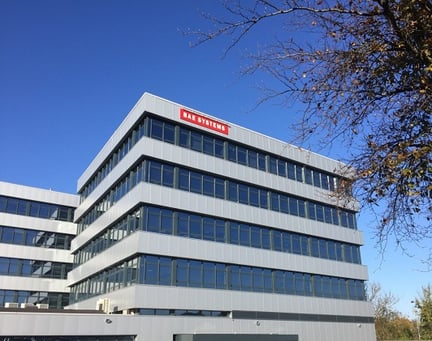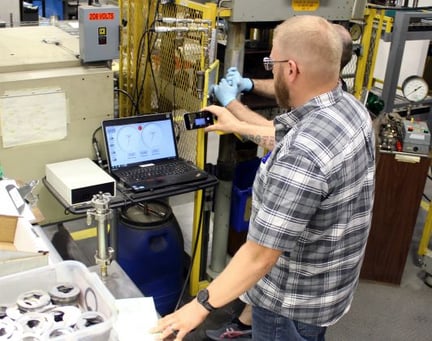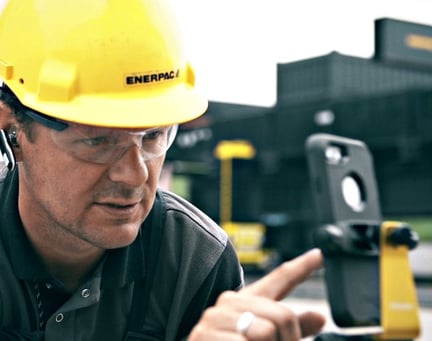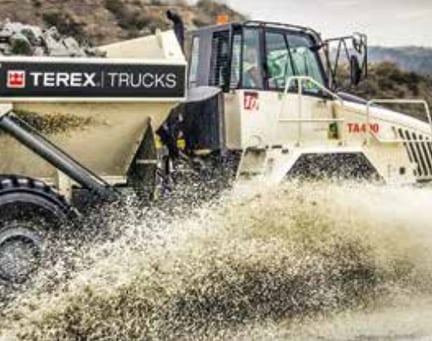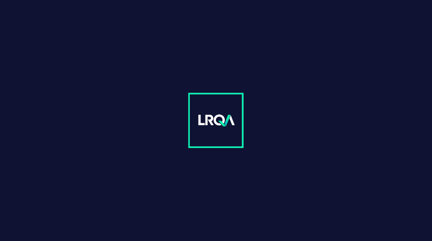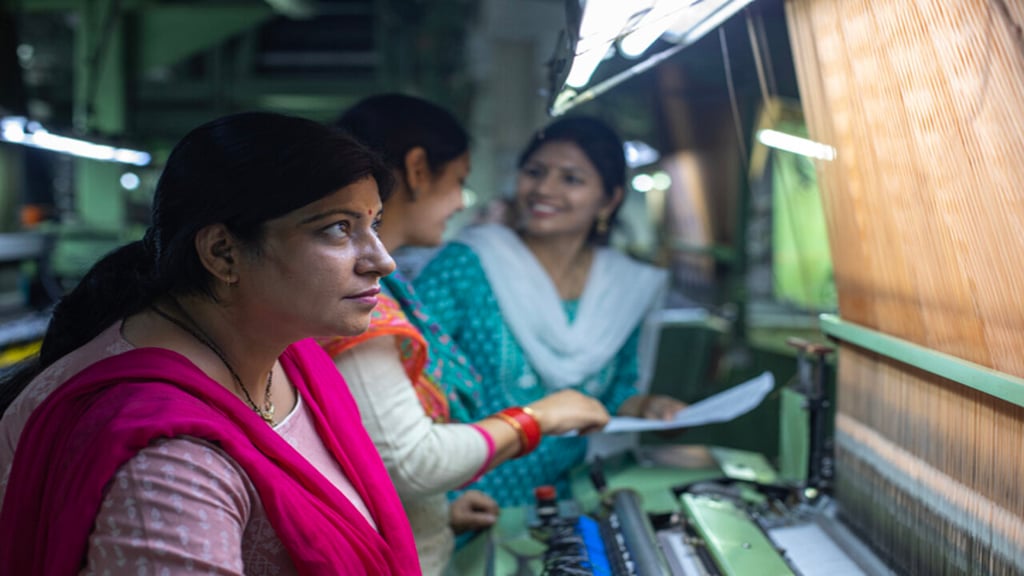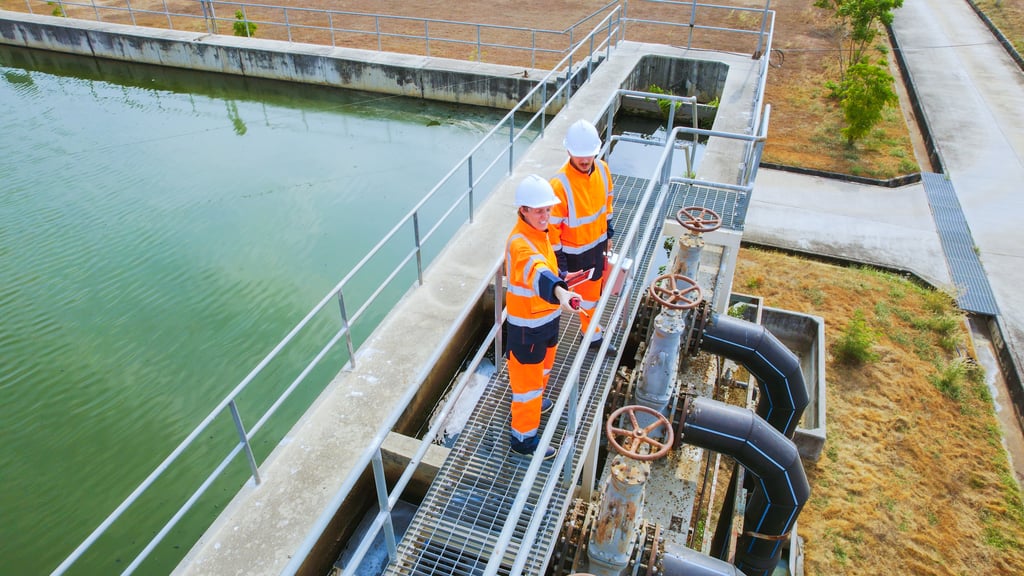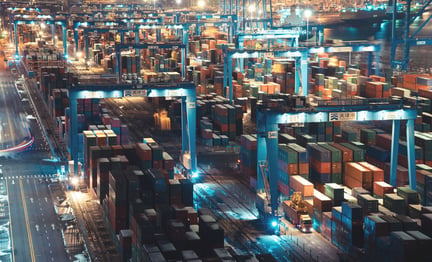Additive manufacturing or 3D printing is still a relatively new technology for much of the Energy sector.
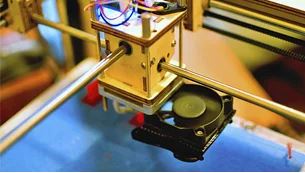 Additive manufacturing or 3D printing is still a relatively new technology for much of the Energy sector. Global trends indicate that the additive manufacturing market is set to grow by 390% in the next seven years and our Technology Radar survey suggests that additive manufacturing will have a major impact in the oil and gas industry in the next five years. LRQA also now has an additive manufacturing certification service to help companies provide the assurance their AM parts can be used safely.
Additive manufacturing or 3D printing is still a relatively new technology for much of the Energy sector. Global trends indicate that the additive manufacturing market is set to grow by 390% in the next seven years and our Technology Radar survey suggests that additive manufacturing will have a major impact in the oil and gas industry in the next five years. LRQA also now has an additive manufacturing certification service to help companies provide the assurance their AM parts can be used safely.
From pharmaceuticals to aerospace, several industries have adopted additive manufacturing due to its ability to create complex parts with a high level of precision with reduced material usage and weight. However, the energy sector has been relatively slow to adopt it on a wide-scale basis. There are several reasons for this, but we believe one key factor is the lack of certification guidelines.
As more companies adopt the additive manufacturing (AM) processes for metallic parts, we believe a certification scheme approach should be adopted for the following three reasons:
1. Existing standards can’t be safely applied to the additive manufacturing process for offshore products
Metal additive manufacturing resembles welding at the micro-scale, therefore control systems and lessons learned are not directly transferable from welding to additive manufacturing. The use of powder as feedstock, controllable processing parameters and pre-heated parts results in new design, manufacturing requirements and recommendations.
Also, the replacement of existing components with structurally complex, lightweight designs may create inaccessible internal features which demand separate treatment. The interplay of various factors calls for dedicated guidelines to ensure the quality and repeatability of 3D printed parts.
2. Energy and offshore products are often used for safety critical applications in harsh environmental conditions
While experimental results have shown there is a similar strength between additive manufactured parts and those made by conventional methods, ductility and fatigue performance are inferior. This means they may fail to meet current minimum requirements, depending on the material and application. Consequently, a guided approach towards the design and manufacture of 3D printed structures will provide the necessary level of confidence to end users and reduce the need for overly conservative design.
3. A certification system could act as a stabilising force for quality and safety
The rapid emergence of innovative printing technologies and companies that offer printing services is a double-edged sword, creating new commercial opportunities but also generating a continuous amount of change that could compromise quality and safety. For example, machine suppliers are testing limits to develop higher powered lasers to speed up the manufacturing process. They are also looking at how to recycle or reuse more powder from each manufacturing cycle to save on costs. While the scale of energy and offshore products encourages the use of large format printers, a closer examination of these printed parts suggests a lack of readiness of these systems for fabricating structural components.
We are working with TWI and a number of sponsors on a joint industry project that will produce certified key components for the energy and offshore sectors through laser powder additive manufacturing. In addition, you can learn more about our certification service and download our "Guidance Notes for the Additive Manufacturing of Metallic Parts" at www.lr.org/additive-manufacturing.
